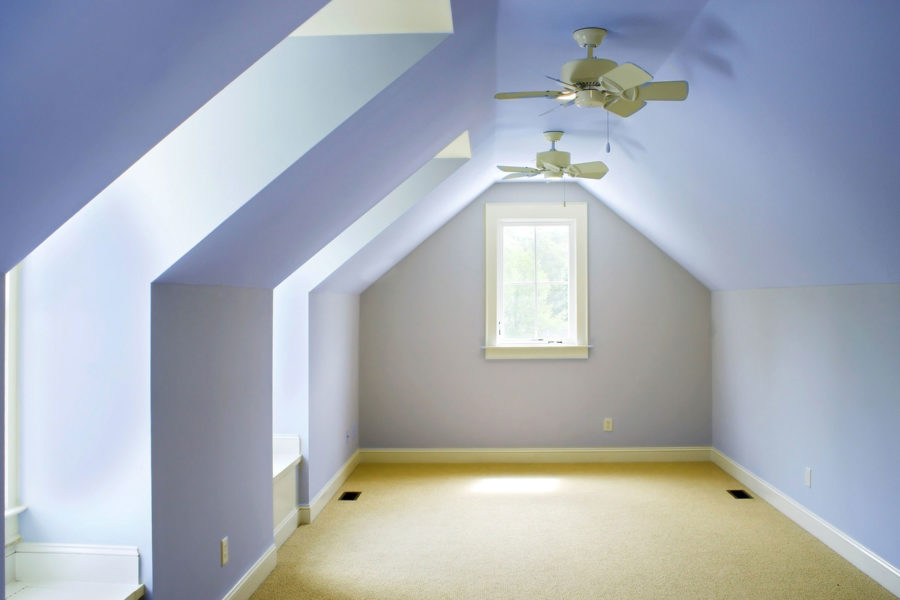A home is relaxing paradise for you and your family; however, a hot attic can affect how every room in your house feels. That’s why it’s essential to keep it at a comfortable temperature. Summer is still in full swing, so your attic may warm up sooner rather than later. In fact, this space can reach up to 140 degrees.
You probably don’t want to face the sweltering heat, especially if you use your attic as a home office or your kids’ play area. But if the temperatures climb in this space, don’t panic just yet. There are easy solutions to make your entire home feel more enjoyable to everybody—from your spouse and kids to your neighbors and other visitors. Below, we cover three ways to cool a hot attic.
Install Fans and Vents
An easy way to decrease the discomfort throughout your home is to ventilate your attic. If you need some fresh air, you can simply plug in an electric fan. However, if your attic feels more humid than the outdoors, the air is only going to feel unpleasant to everyone inside your home.
In this case, think about calling a local contractor. They can install vents in your roof that will promote proper airflow throughout your attic. The ridge vents they install should keep hot air from making its way into your attic, and the soffits will introduce cool air into your space. Always check to make sure that nothing obstructs these vents—this way, enough air can flow in and out of your attic and around your living quarters.
Prioritize Ample Insulation
For maximum comfort and energy efficiency throughout your living space, make sure your attic has enough insulation. It’s a great investment because it limits drafts and regulates your home’s climate.
Consider Radiant Barriers
If you want to effectively reduce the heat moving into your attic, radiant barrier is an excellent and inexpensive solution. It’s a coating or sheet that your local professionals can apply under your roof, and it successfully reflects the sun’s rays. Once installed, you can breathe a sigh of relief knowing your home will remain a consistent temperature from room to room.



 1 min read
1 min read



